I'll try to dive right into the subject. I'm a mathematician and professor and would like to help my students (and myself) visualise problems and solutions in multivariable calculus. In particular, when working with line and surface integrals of a two-variable function, I would like to be able to plot the curves or the surfaces which enclose the integration domain.
Ideally and maximally, I would like to:
- produce a 3D plot which shows two intersecting surfaces, described by some (parametric) equations;
- highlight the curve along which the surfaces intersect, like so;

- see "in real time" the labels of the points on which I click;
- basic manipulation of the plot, i.e. zooming, panning, rotating;
- exporting it in vector format (SVG, PDF or better, EPS for integration in LaTeX).
I have almost zero experience in Python programming and I feel tempted by Mathematica, since I also need some symbolic computations. But can all of the above be done reasonably well and fast using Python? I just couldn't find such examples in all of the extensive documentation of Matplotlib and others.
If not with Python, what do you recommend?
I'm ready and available to learn any language, provided it gets the required result reasonably fast and better than most of the alternatives.
Thank you very much!